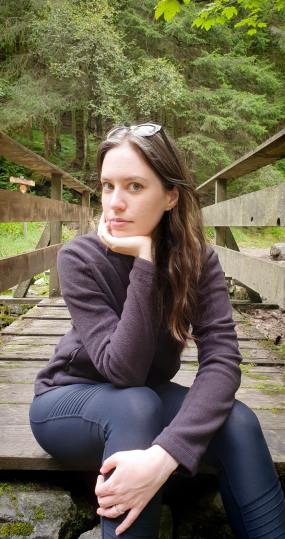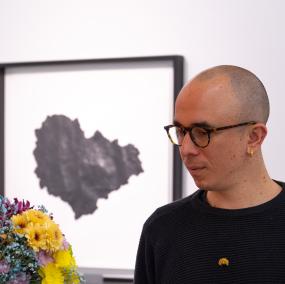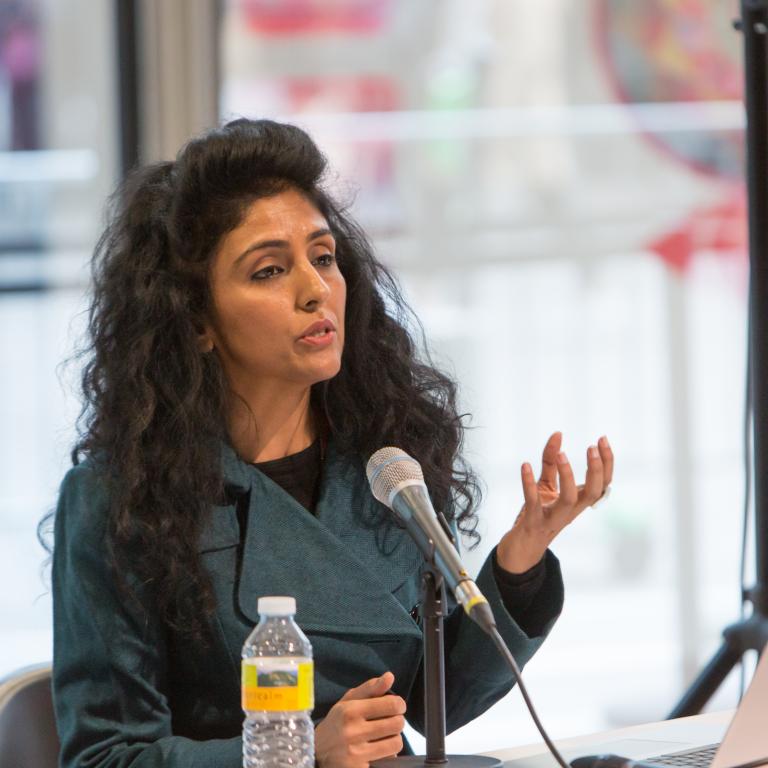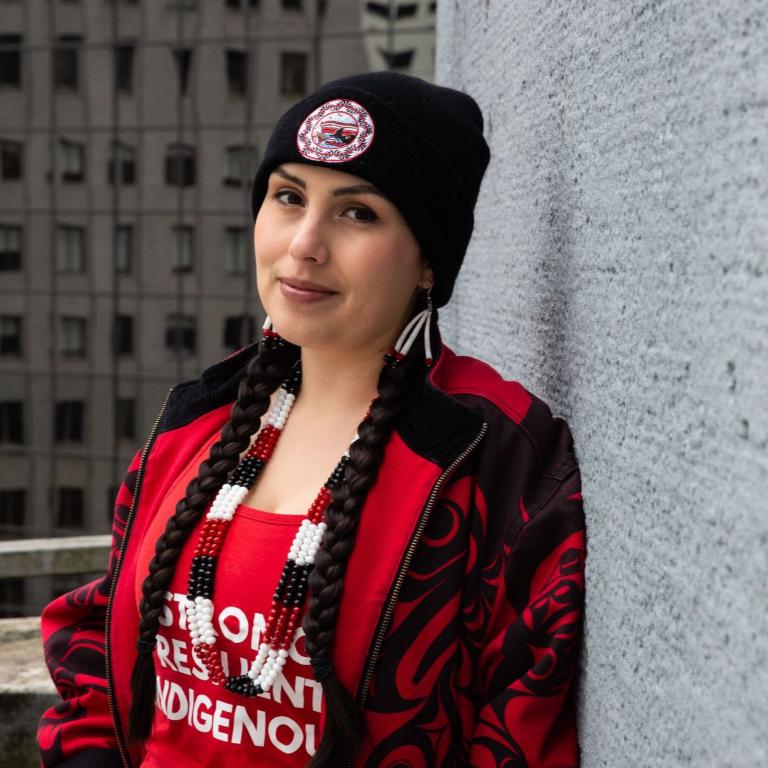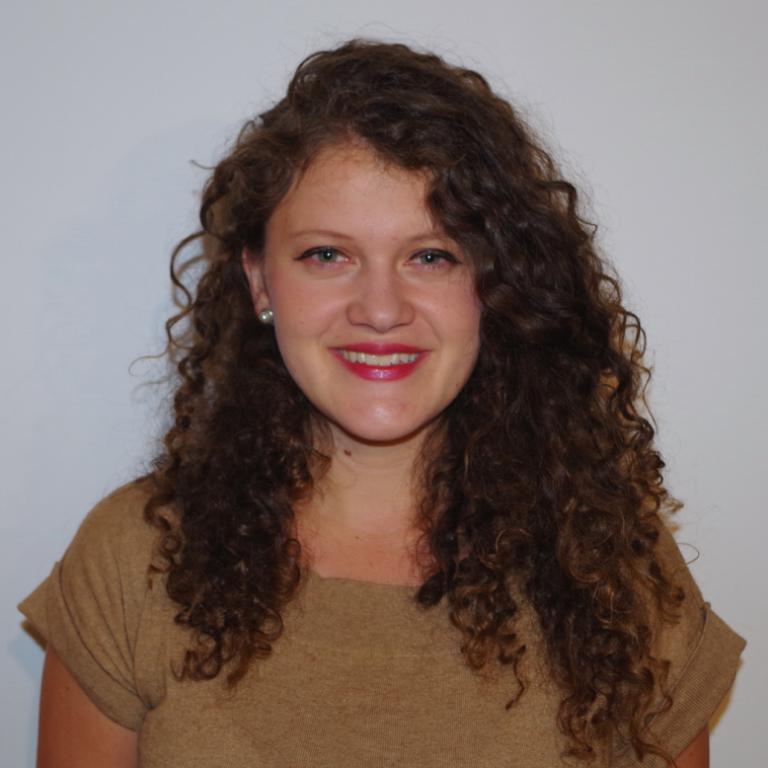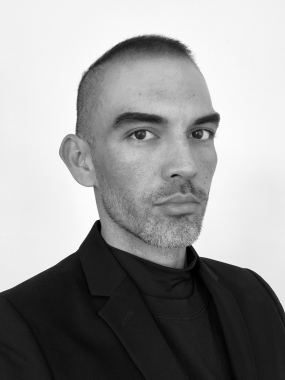
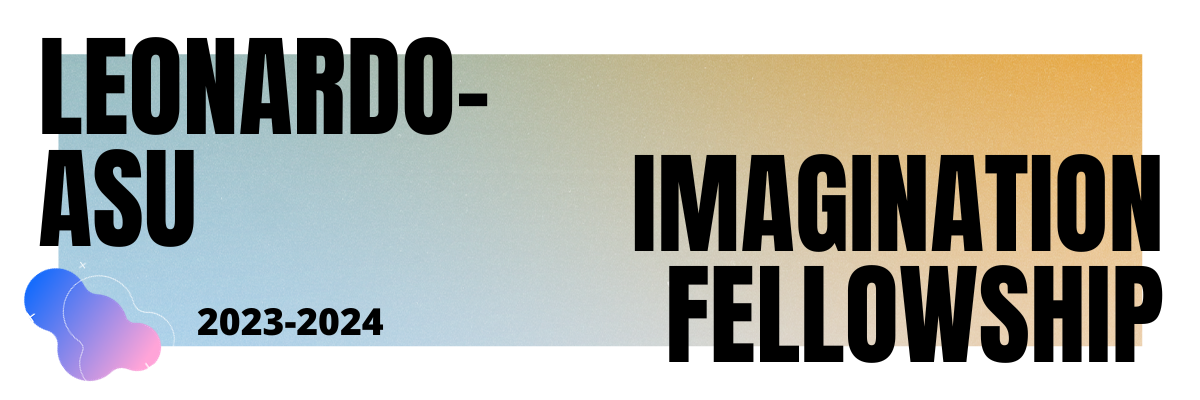
About the Fellowship
Leonardo and the Center for Science and the Imagination are proud to partner on the Imagination Fellowship. In this virtual, global program, fellows develop experimental media projects exploring diverse aspects of Planetary Health Futures, including but not limited to issues of climate, human well-being, interspecies relationships, democracy, emerging social structures, and safeguarding the Earth’s habitability for humans and other life forms. Each fellow will produce a discrete media artifact, and will be supported in collaborative, cross-disciplinary experimentation with practice and process throughout the fellowship period.
Fellowship Details
- The Imagination Fellowship Program offers up to 3 virtual fellowships, beginning in August 2023, and running through April 2024.
- Fellows receive $6,000 per fellow for the period of 9 months. There is no separate production budget. Fellows are free to use their stipend to support production needs.
- Applications are currently closed.
For further questions, please reach out to imagination@asu.edu
Fellows: 2023-2024
Sean Connelly
Dr. Sean Connelly (born 1984) is a Pacific Islander American artist born, residing, and working in Honolulu, Kona, Oʻahu. Sean's multifaceted practice encompasses sculpture, installation, film, design, and cartography, frequently integrating experimental methodologies. Their work delves into the interplay with the built environment, intersecting oceanic intellect and futures in contemporary practice, spanning both tangible and theoretical domains. This exploration is informed by cultural, ecological, historical, material, water, food sovereignty, and land justice themes.
Alinta Krauth
Dr. Alinta Krauth is a techno-artist and researcher of digital literature whose practices include interactive art, writing, sound, and digitally connected spaces. She is keenly interested in how such technologies can create rewarding sensory experiences for historically-Othered audiences, most notably, her work with interaction design and digital aesthetics for the enrichment of other species including domestic dogs and flying foxes in rehabilitation care. Selected recent public installations of her creative works have been seen in ZAZ10st Gallery Times Square NY, Science Gallery Detroit Detroit USA, The Glucksman Gallery Cork Ireland, HOTA Gold Coast Australia, Eidgenössische Technische Hochschule Zurich Switzerland, Gallery 3.14 Bergen Norway, Art Laboratory Berlin Berlin Germany, The Powerhouse Sydney Australia. Her work was recently named top 30 for the Ars Electronica S+T+ARTS Prize.
Alinta’s drive toward art comes from her personal connections to the environment and animals that she has lived alongside. She engages in themes such as climate and extreme weather, human/wildlife coexistence. Growing up in rural and regional Australia, in 2019/2020, she was evacuated during the bushfires that ravaged the country for many weeks. Upon return to the burnt landscape, she was involved in citizen science research regarding animal geography, and took part in registered wildlife rescue and rehabilitation. Her recent art is borne on this fire that caused her to meet many of the animal participants of her research, and the tending and care that follows these events.
Santiago Reyes Villaveces
Santiago Reyes Villaveces (b. 1986, Bogotá, Colombia) is an artist whose work delves into the examination of historical knowledge systems used to control and colonize nature, tracing their contemporary manifestations. Utilizing various mediums such as drawings, site-specific installations, moving images, and sculptures, he actively engages with the materiality of power structures. His practice draws heavily from Latin American science fiction, which explores both dominant global scientific perspectives and non-hegemonic knowledge systems arising from colonial tensions, addressing themes of politics, technology, ecology, and social justice.
Santiago's art is influenced by Latin America's colonial history and its relationship with the contemporary climate crisis. His most recent projects take an interest in today's space exploration, reflecting on the limits of extractivism, colonization and the survival of life forms—both within and beyond our planet. His focus lies in creating artworks that not only raise awareness but also stimulate critical dialogues about the material aspects of shaping power systems. Santiago has presented solo exhibitions worldwide, including, "Graft" at Instituto de Visión Gallery, New York, U.S (2023); "Guaca" at Alessandro Casciaro Gallery, Bolzano, Italy (2023); Acoustic Fossil at Baluarte de Santa Catalina, Cartagena de Indias, Colombia (2022); Ciaula Discovers the Moon at Ncontemporary Gallery, Milan, Italy (2022); Cosmic Simpathy at Galería Casanova, São Paulo, Brazil (2022); "Arabidopsis Thaliana" at the Museum of Modern Art in Bogotá (in collaboration with Ilona Jurkonytė), curated by Eugenio Viola, and "Arp," Matteo Olivero Prize (2019) among his highlighted works. He holds an MA in Sculpture from the Royal College of Art and a BA in Visual Arts and Art History and Theory from Los Andes, Bogotá. Currently, he is a lecturer at the Universidad del Bosque in Bogotá and resides and works in Colombia.
Past Fellows: 2020-21
In collaboration with

In association with


